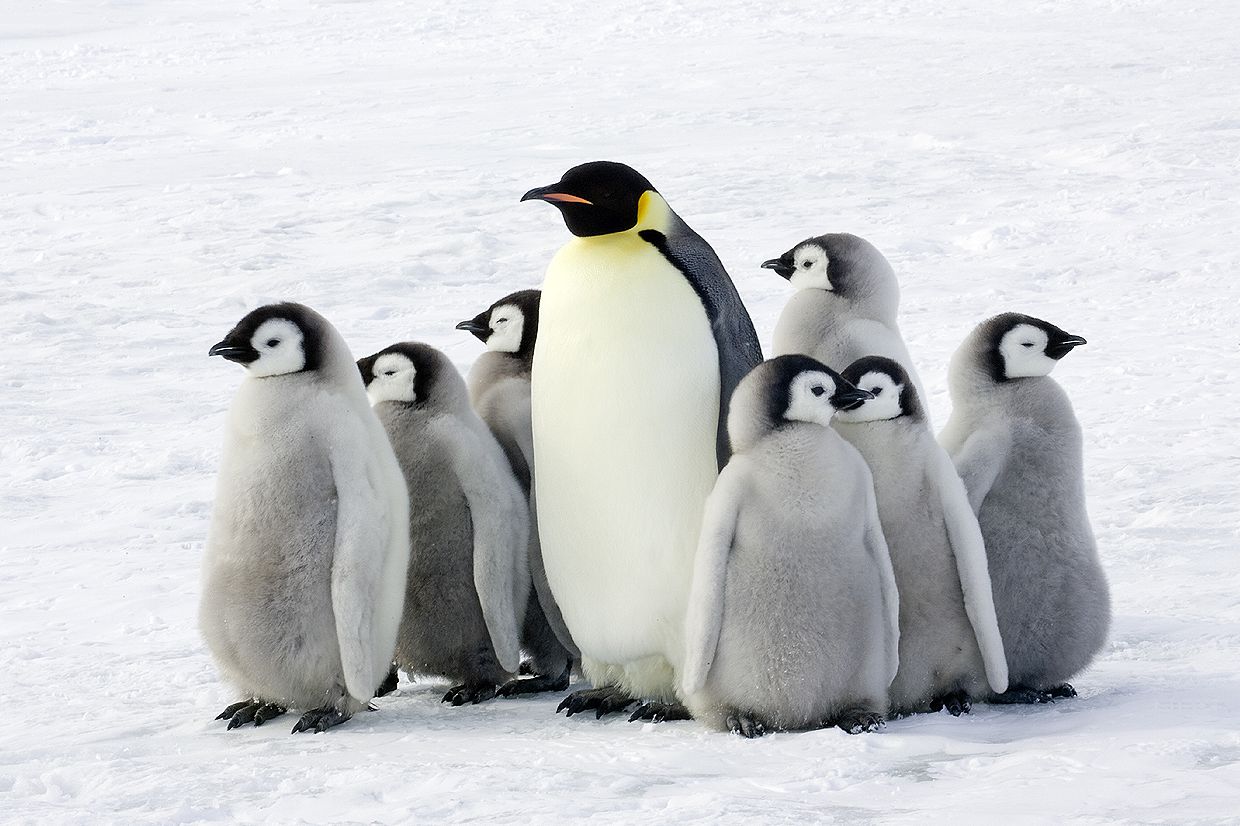
Visit Antarctica
Antarctica is probably one of the most untouched and unusual places in the world to visit. But what does it really have to offer the tourist?
Warm up
Why visit Antarctica?
The information below gives you an idea of the unique landscape, wildlife, climate and activities which attract tourists.
Whales
There are many species of whale found in Antarctic waters including Minke, Humpback, Blue, Sperm and Orca (killer whale). All Antarctic whales feed in the Southern Ocean in Antarctica’s summer months and then migrate long distances north to breed and give birth to their young during the winter.
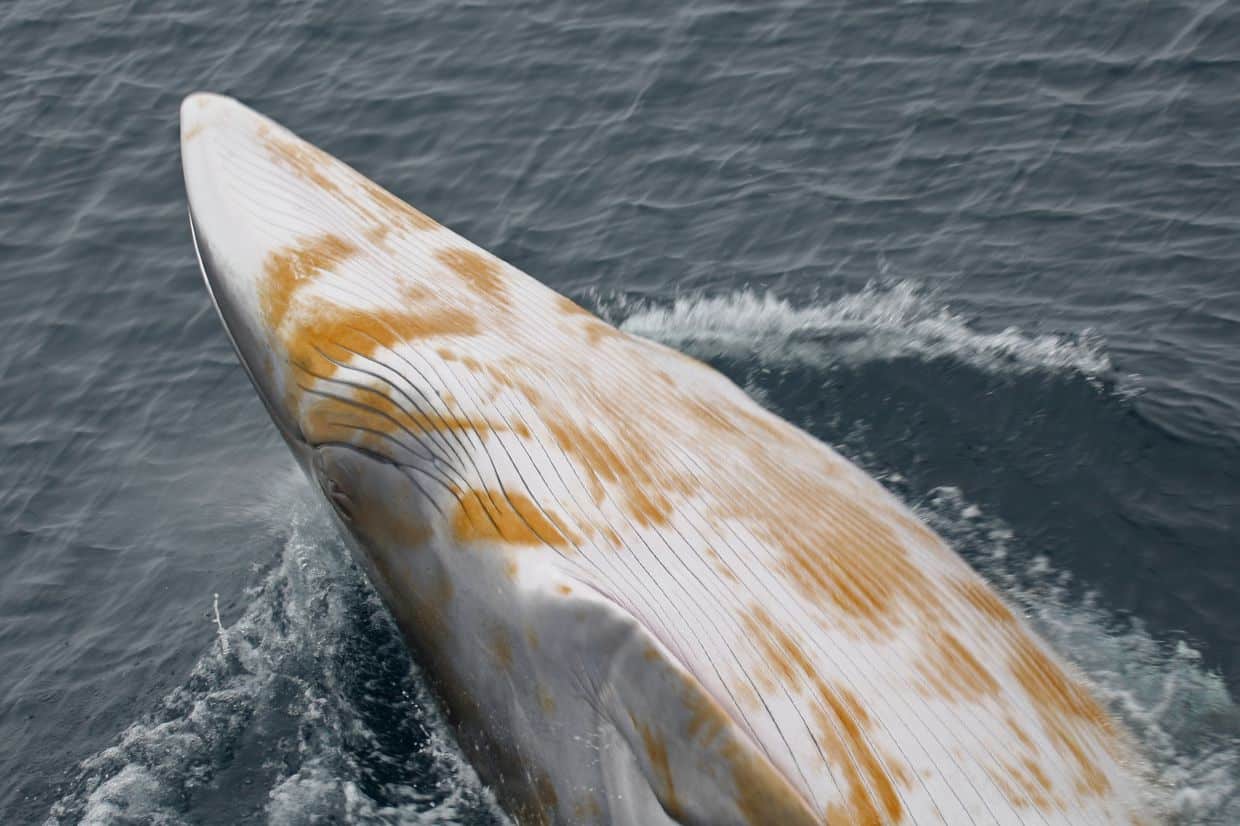
Landscape
Deception Island is an active volcano. It creates a unique landscape of volcanic slopes, steaming beaches and ash-layered glaciers. Because the island is the flooded caldera of an active volcano of the horse shoe shape of the island, it is possible to sail through Neptune’s Bellows right into the centre of the caldera, one of the few places it can be done! This is one of the top visitor attractions with visitors able to land at an abandoned whaling station or at Baily Head on the south east side of the island, an astonishing place with an estimated 100,000 chinstrap penguins.
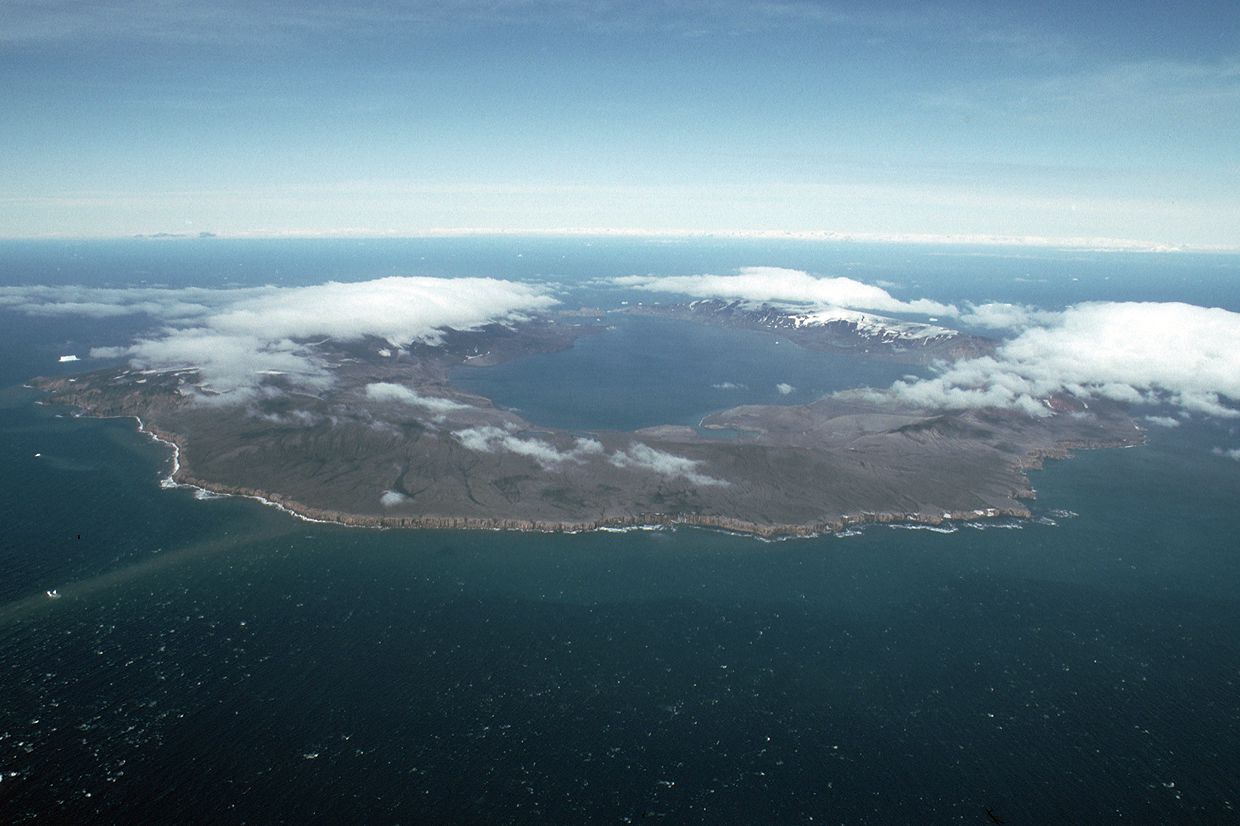
Sheer cliffs
Massive sheer cliffs with jagged peaks drop straight into the sea. The Lemaire channel has the Antarctic Peninsula on one side and Booth Island on the other. The channel is sometimes blocked by large icebergs which prevent boats getting through. This is a top tourist destination in Antarctica and because of its beauty it has been nicknamed “Kodak Gap.”
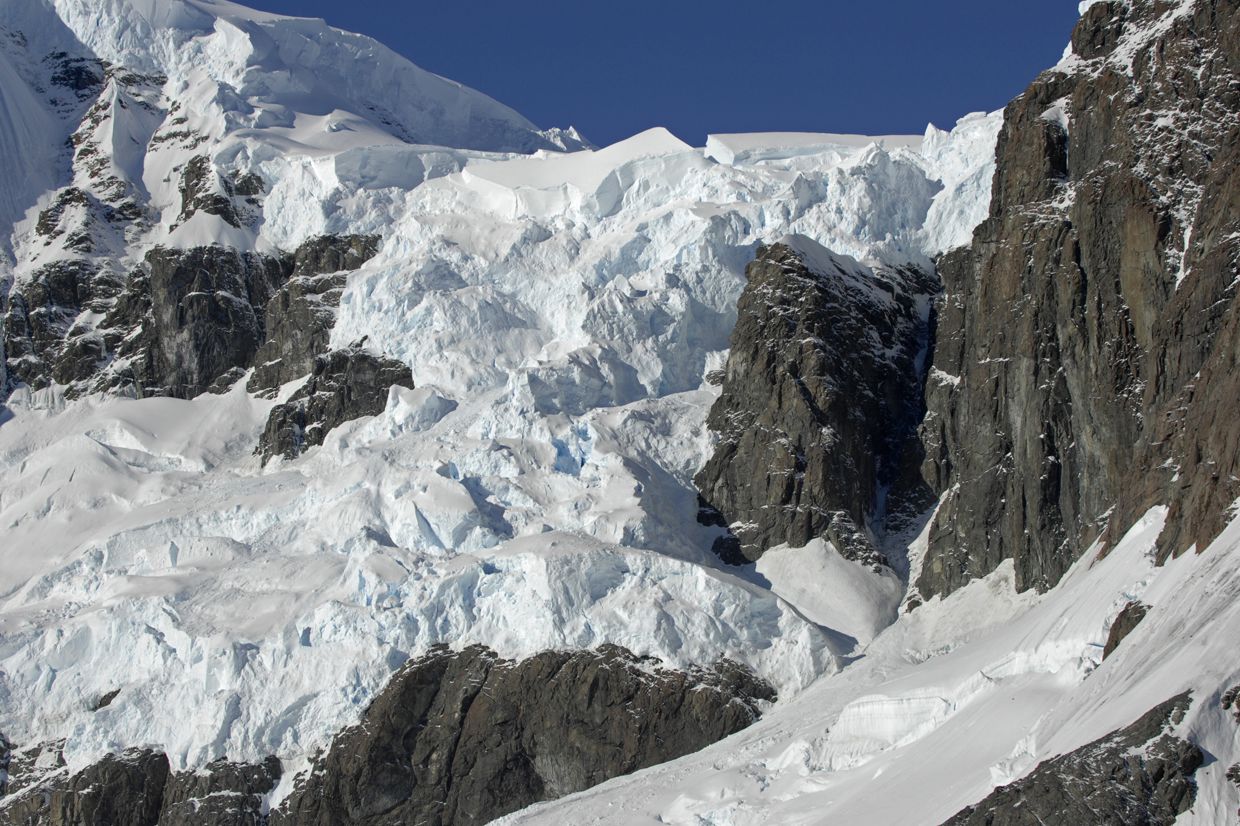
Iceberg calving
There are many icebergs that calve (break off) off the glacier at the Harbour’s head which produce beautiful shades of blue. You can see wildlife floating on the ice floes, such as penguins, seals and birds.
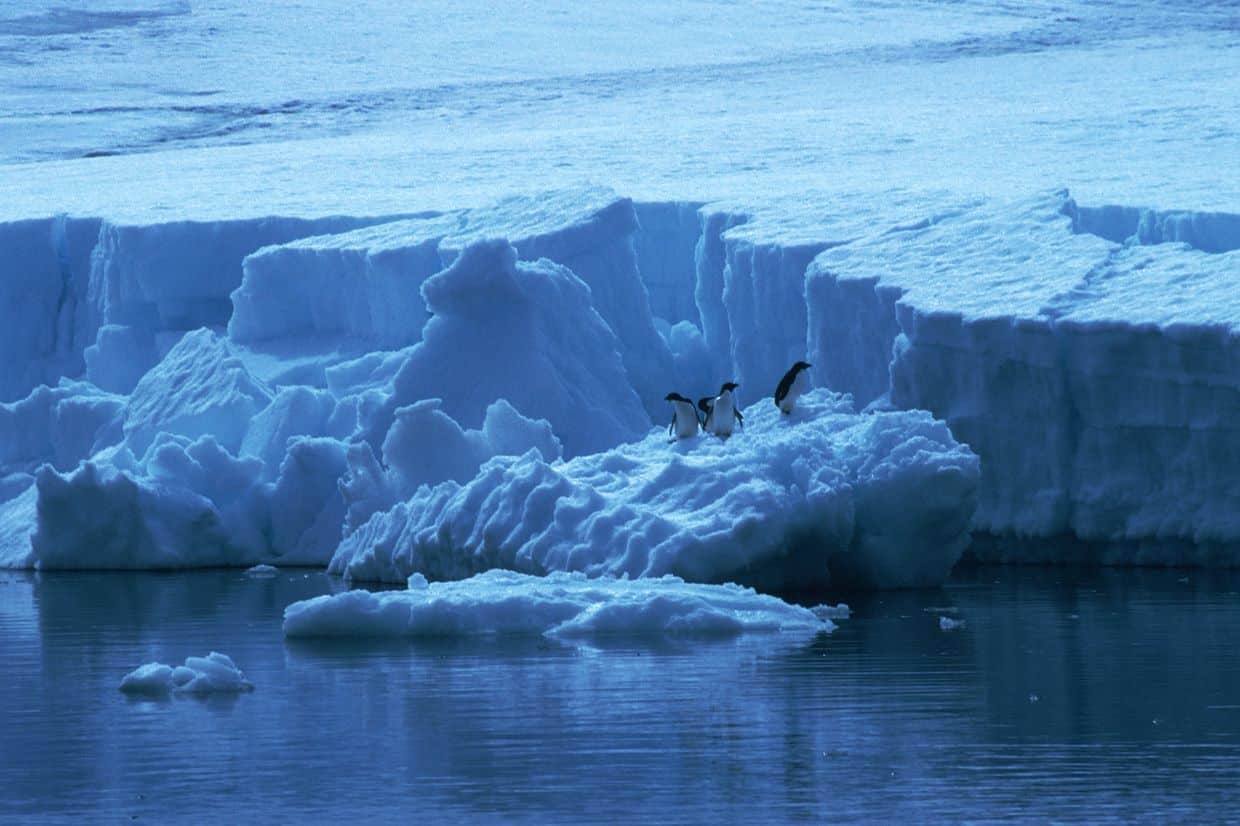
Cold facts
Would you visit Antarctica?
Which trip would you choose and why? Browse these trips to see which one you would choose and explain why. Think of the criteria you would use when choosing a trip – such as what effect your trip might have on the environment, where you might visit, the cost etc.
Use these links or others you have found through an internet search:
Why are more people able to visit Antarctica?
We have already seen why people want to visit Antarctica for example its unique beauty and wildlife is appealing to people. But why are more people able to visit Antarctica?
Study the transcript, data and graphs showing some of the different reasons why it is much easier to visit Antarctica than in the past. Make notes why travelling to Antarctica is now possible.
1. Interview transcript
“I visited Antarctica last year. I really wanted to go because it is such a stunning, unique environment, quite unlike anywhere else on earth. None of my friends or family has been there and I wanted to be the first! When I told my grandmother she couldn’t believe it. When she was a young girl, people didn’t fly because it was too expensive. Now we can fly anywhere at all, the world is our oyster and that’s because it is much cheaper to fly than in the past. It was so easy to book on the internet and so much choice just a click away, I could do it all in my lunch hour! When the old explorers of the past like Shackleton or Scott went to Antarctica, there was a great risk that they would never return because it was so dangerous. But now, thousands of tourists go there every year because the transport is safer and we now have good quality specialist equipment available to everyone.”
2. Graph
According to the Office of National Statistics Family Resources Survey for 2008-9 over half the households in the United Kingdom have an income of over £500 per week and almost 20% have an income of over £1000 per week after taxes etc have been paid. Of course this has to cover food and housing as well as clothes, luxuries and holidays but generally people have more disposable income than they had ten years ago.
-
For more information visit: Department for Work and Pensions: Publications
-
How has disposable income changed in Britain?
3. Text
In 1951 66% of manual workers had two weeks holiday. By 1990 64% had 4-5 weeks holiday. In 2007, the minimum entitlement increased to 4.8 weeks from 4 weeks. From April 2009 statutory annual leave entitlement will increase to 5.6 weeks. (Data from Iser and BBC)
-
How have holiday entitlements changed?
Student activity 1
Why are there more tourists in Antarctica?
-
Tourists who want to visit Antarctica are now more able to do so. Using the 3 sections above, fill in the reasons why more tourists visit Antarctica on the downloadable chart.
Student activity 2
How many people visit Antarctica?
Use the IAATO website to draw a graph showing numbers of tourists visiting Antarctica over the last ten years:
-
Describe the graph and suggest reasons for these trends.







